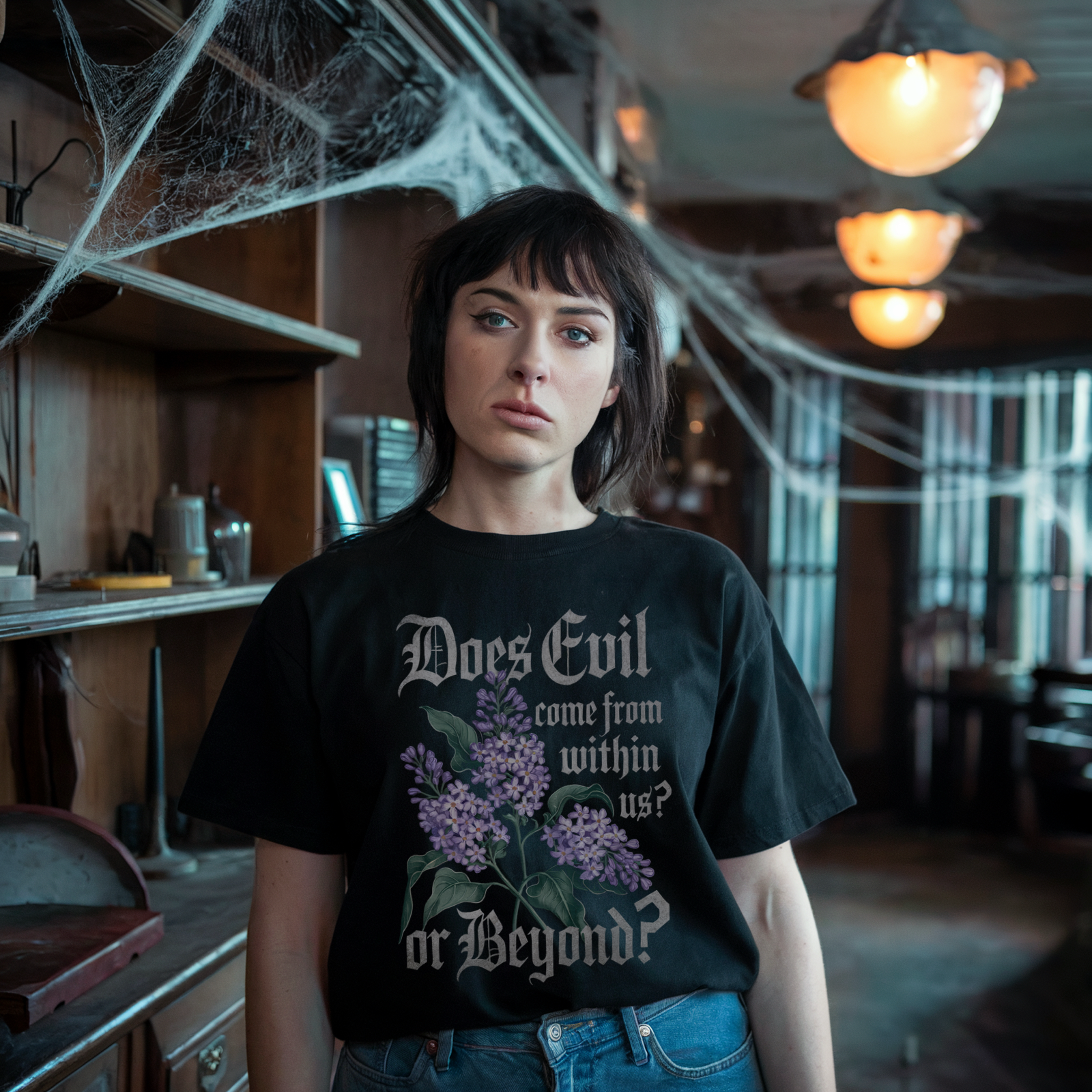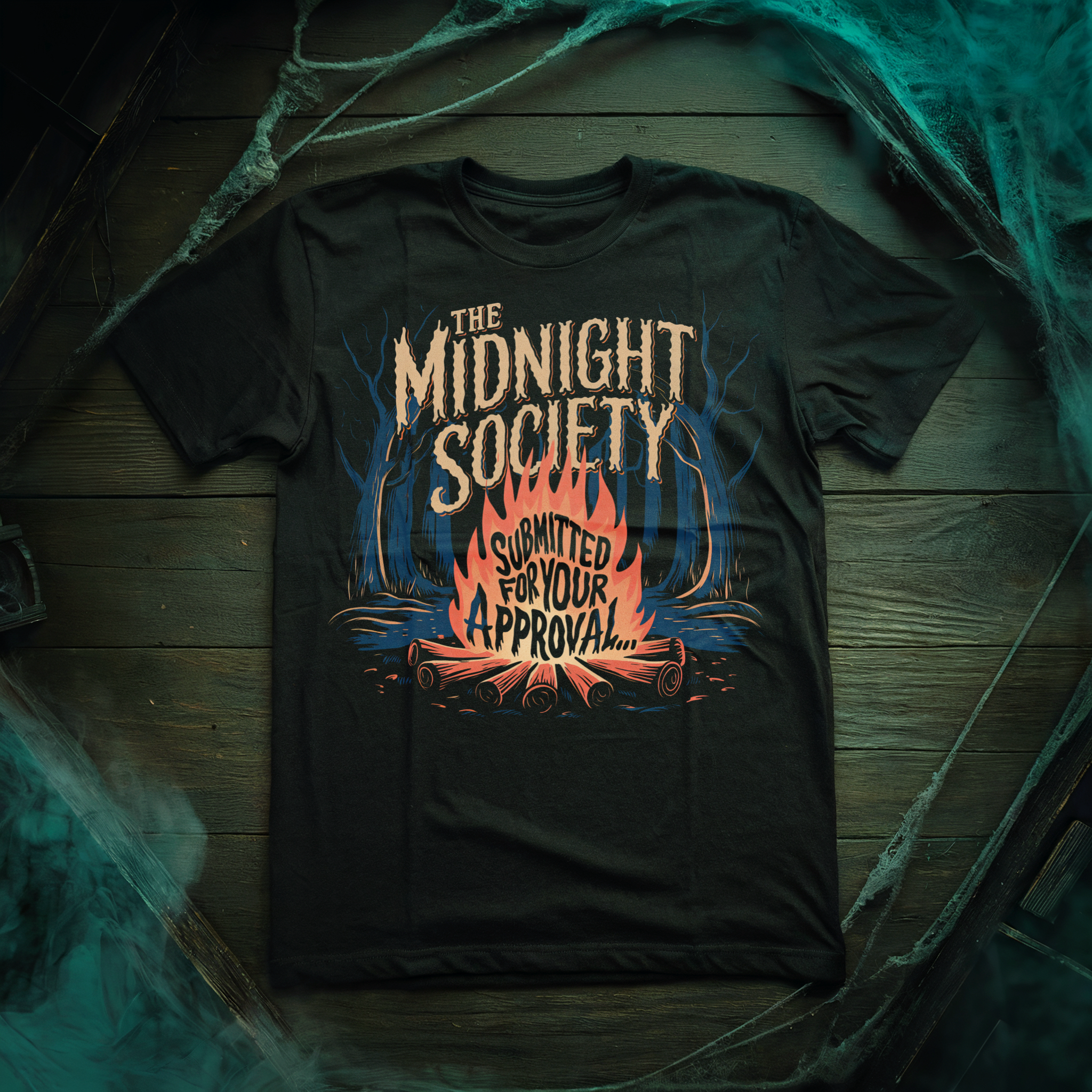“People like sex and violence. And if that bothers them, they call it romance and adventure…but every great movie has sex and violence.” That’s the mantra of Joe Bob Briggs, film host extraordinaire. Joe Bob made his career introducing the most off-beat and off-color film that TV would play, and he’s still doing it. His shows The Drive-In and MonsterVision built a community around weird cult films that Joe Bob loved, and along the way, Joe Bob picked up quite the following himself. Perhaps this is best exemplified in Joe Bob’s latest project with Shudder, The Last Drive-In. When Shudder gave Joe Bob the reigns for a movie marathon, fans came in numbers so huge that they crashed the site. If that’s not ‘cult’ movie culture, I don’t know what is.
Joe Bob was at New York Comic Con recently to promote the return of The Last Drive-In, which Shudder has announced as an ongoing movie marathon coming to the site. Ahead of its release, Nightmare on Film Street was lucky enough to join a roundtable with Joe Bob. This is what he had to say.
“I started out when ‘exploitation’ just meant marketing,”
“I started out when ‘exploitation’ just meant marketing,” said Joe Bob, touching on the beginning of his career, “I worked for a big city newspaper, so we were under the rules of media at the time. Which was basically, ‘there are certain films that you ignore.’ Well, I didn’t know that. I didn’t come up as a film critic, I came up as a reporter and sort of switched over to the entertainment department. So I started reviewing them.”
As fans of Joe Bob’s work already know, he would review these films primarily after seeing them at drive-ins. After a little while of doing that, Joe Bob said that he made friends with Roger Corman, the famous film critic and pop culture guru. Corman, according to Joe Bob, taught him the ins-and-outs of exploitation film-making. This included the ‘four-scene nude’ rule, in which actors appears nude just four times on film.
“Those four scenes,” says Joe Bob, “will make people think that they have seen a lot more sex than they have actually seen.”
After coming up with the “rules of exploitation films,” Joe Bob began introducing them on local television channels, which gave birth to his career as a film host.
“I did it a couple times and people laughed,” says Joe Bob, characteristically laid back. “And so I kept doing it.”
“The great thing about when I was on TNT,” he continued, “is that…I was on in the middle of the night. They didn’t care when I finished. As long as I was off the air by 6 AM, they were fine. I could go off until 3, 4, or 5 AM. They didn’t care. The segments could be as long or short as they wanted to be, and that was the freedom we had that allowed us to do what we wanted to do. Of course, Shudder is the same way, because there’s no limit.”
With that, the conversation turned to Joe Bob’s return to hosting. Joe Bob enthusiastically praised the folks at Shudder for giving him this platform. Then, he gave us a little window into how The Last Drive-In project was born.
“Ever since I left TNT, at least once a year someone has come to me and said, ‘do you want to do a new show?’ I always say yes, and then I never hear from them. In the fall of 2017, these two guys (director Austin Jennings and producer Matt Manjourides) came to me and said ‘do you want to do a show,’ and I said what I always say. They said ‘do you want to do lunch,’ I said yeah. And expected to never see them again.”
But just two months after their lunch meeting, Joe Bob, Jennings, and Manjourides were planning on filming the show. “We didn’t really have any money,” clarifies Joe Bob. “We shot it in a little…you know the reality tattoo show, Ink Master? Ink Master has a studio in Newark so we shot it there. I thought it might be a nostalgic thing that we do one time. So yeah, I was surprised when it became a thing.”
” I thought it might be a nostalgic thing that we do one time..”
And “a thing,” it became. As I mentioned earlier, so many fans tuned into Joe Bob’s show that Shudder literally shut down. It was unable to handle the capacity of viewers.
“At the time that it happened,” said Joe Bob on the shut-down, “I was kind of pissed off. The [movies] I wanted everyone to see were the first one and the last one. And that’s where the two breakdowns were. I thought, well, at least everybody got to see Sorority Babes in the Slimeball Bowl-O-Rama.”
In between the laughs and southern witticisms, Joe Bob spoke many times on the history of horror. He brought up the very first horror host program, which started in “1956, when John Zacherle started doing it at a TV station in Philadelphia.” He even touched on the history of horror films he considered to be actually bad, and not just pulpy critic-repellents. “When people who don’t understand the genre try to work in the genre, or feel superior to the genre… Those movies are always crap. They’re like, a bunch of dentists who got together and said ‘let’s make one of these stupid horror films.’ You can always tell from the opening moment if they love the genre or if it’s a supercilious group of assholes.”
Eventually, however, the conversation turned to the horror genre today. With so many cult films reemerging thanks to streaming platforms and the ‘so bad it’s good’ school of film critique, it might seem like the world is embracing Joe Bob’s type of movie like never before. When asked for his thoughts, he told us this:
“I got this book in the mail about 2 months ago. It was an entire book length treatment of I Spit on Your Grave … published by Columbia University press. Now, I Spit on Your Grave was considered…beneath contempt. Even the New York Post wouldn’t review I Spit on Your Grave, okay? So that’s how much the landscape has changed. To the point where, sometimes, they take these movies too seriously. They’ve adapted academic terminology to the reviews.
Especially for the older ones, all these movies that were made in the 80s. They’re all being released by Arrow Video, and they’re all called a ‘Forgotten gem! Neglected masterpiece!’ They never put one out and say, ‘This movie was too crappy to get distribution!'”
“‘Forgotten gem! Neglected masterpiece!’ They never put one out and say, ‘This movie was too crappy to get distribution!'”
Talking to Joe Bob is just like that; conversational, funny, and engrossing. This is a man who doesn’t just love B-movies, he appreciates them. He sees them for what they are, for the people behind them, and for the audiences who watch them. That’s what we want to see in a movie, and it’s definitely what we want from the guy introducing them. I’d like to thank Joe Bob for talking with us and the Shudder team for setting it up.
For more Joe Bob Briggs, you can check out our coverage of The Last Drive-In marathon. We’ll be watching the new series once it hits Shudder, so follow us on Facebook, Instagram, and Twitter for that. And for all your horror movie news, reviews, and interviews, keep lurking at Nightmare on Film Street.
The day finished out pretty well, if I do say so myself #horror @NOFSpodcast pic.twitter.com/SAKFBk0g3D
— Grant DeArmitt (@GrantDeArmitt) October 5, 2018








